Home>Furniture & Design>Bathroom Accessories>What Is A Bidet?


Bathroom Accessories
What Is A Bidet?
Modified: March 25, 2024
Discover the benefits of bidets as essential bathroom accessories for improved hygiene and comfort. Explore the different types and features of bidets.
(Many of the links in this article redirect to a specific reviewed product. Your purchase of these products through affiliate links helps to generate commission for Storables.com, at no extra cost. Learn more)
Introduction
The bidet, a fixture often associated with luxury and sophistication, has been gaining popularity in modern bathrooms. This unique bathroom accessory offers a refreshing and hygienic alternative to traditional toilet paper. As awareness of personal hygiene and environmental sustainability grows, the bidet has emerged as a compelling solution to address these concerns.
The bidet, originating from France in the 17th century, has evolved significantly over time. Initially, it was a standalone porcelain basin, but today, it comes in various forms, including standalone fixtures and attachments for existing toilets. The bidet's versatility and adaptability have contributed to its widespread adoption in households and commercial settings.
In this article, we will delve into the history of bidets, explore the different types available, and highlight the numerous benefits associated with their use. Additionally, we will discuss how to use a bidet effectively, compare bidets to traditional toilet paper, and examine the environmental impact of bidet usage. By the end of this article, you will have a comprehensive understanding of bidets and their potential to revolutionize personal hygiene practices.
The bidet's resurgence in popularity can be attributed to its ability to provide a thorough and gentle cleansing experience, promoting improved personal hygiene. Furthermore, the environmental benefits of bidets, such as reduced paper waste and water conservation, have contributed to their appeal in an increasingly eco-conscious society.
As we explore the world of bidets, it becomes evident that they offer a modern and sustainable approach to personal hygiene. Whether you are a newcomer to bidets or seeking to expand your knowledge, this article will serve as a valuable resource, shedding light on the multifaceted advantages of integrating bidets into your bathroom routine.
Key Takeaways:
- Bidets offer a modern and eco-friendly alternative to toilet paper, promoting improved personal hygiene and reducing environmental impact.
- With various types available, bidets cater to diverse preferences and lifestyles, providing a luxurious and customizable cleansing experience.
Read more: What Is A Bidet Faucet
History of Bidets
The history of bidets can be traced back to 17th-century France, where they originated as a personal hygiene fixture for the aristocracy. The word "bidet" itself is derived from the French term for "pony," alluding to the straddling position one assumes when using this unique bathroom fixture. Initially, bidets were standalone porcelain basins, resembling a small bathtub, and were primarily used by the elite class for maintaining personal hygiene.
Over time, bidets evolved in design and functionality, becoming more accessible to a wider demographic. The 19th century saw the introduction of the modern pedestal-style bidet, which resembled a toilet but was specifically designed for cleansing after using the restroom. This innovation marked a significant shift, making bidets more practical and convenient for everyday use.
In the early 20th century, bidets gained popularity in European countries, particularly Italy and Spain, where they became a standard fixture in many households. As the concept of personal hygiene continued to evolve, bidets garnered recognition for their effectiveness in promoting cleanliness and comfort.
In recent decades, bidet technology has advanced significantly, with the introduction of electronic bidet seats and bidet attachments for existing toilets. These modern iterations offer a range of features, including adjustable water temperature, pressure, and nozzle positioning, providing users with a customizable and luxurious cleansing experience.
The history of bidets reflects a gradual transition from a symbol of opulence to a practical and hygienic bathroom essential. Today, bidets are embraced worldwide, transcending cultural boundaries and socioeconomic distinctions. Their evolution from a niche luxury item to a mainstream bathroom fixture underscores their enduring relevance and the growing emphasis on personal hygiene and comfort.
As bidets continue to gain traction in contemporary bathroom design, their rich historical legacy serves as a testament to their enduring appeal and their potential to revolutionize personal hygiene practices for generations to come.
Types of Bidets
When exploring the world of bidets, it becomes evident that there are various types available, each offering unique features and functionalities to cater to diverse preferences and bathroom layouts. Understanding the different types of bidets is essential for making an informed decision when considering this innovative bathroom accessory. Let's delve into the distinct categories of bidets:
-
Standalone Bidets: These traditional bidets are standalone fixtures, resembling a low-mounted washbasin. They are designed for post-toilet use and typically feature a faucet for water supply and a drain. Standalone bidets come in various shapes and styles, including classic porcelain models and modern, sleek designs, offering users a dedicated space for thorough cleansing.
-
Bidet Toilet Seats: Also known as electronic bidet seats, these innovative attachments are designed to replace the standard toilet seat. Bidet toilet seats are equipped with a range of features, such as adjustable water temperature, pressure, and nozzle position, as well as additional functions like heated seats, air dryers, and deodorizers. These advanced features provide users with a luxurious and customizable cleansing experience.
-
Bidet Attachments: These practical and cost-effective options can be easily installed onto existing toilets, transforming them into bidets. Bidet attachments typically include a nozzle that extends beneath the toilet seat and connects to the water supply. They offer adjustable settings for water pressure and temperature, making them a convenient choice for those seeking the benefits of a bidet without the need for a standalone fixture.
-
Portable Bidets: Ideal for travel or temporary use, portable bidets, also known as travel bidets or bidet bottles, are compact, handheld devices that allow users to experience the cleansing benefits of a bidet wherever they go. These portable devices are filled with water and feature a nozzle for targeted cleansing, providing a convenient and hygienic solution when traditional bidets are not available.
-
Bidet Sprayers: Also referred to as handheld bidet sprays or bidet shower wands, these devices are similar to handheld showerheads and are attached to the toilet's water supply. Bidet sprayers offer a versatile and adjustable cleansing experience, allowing users to control the water pressure and direction for personalized comfort and thorough hygiene.
Understanding the diverse range of bidet options empowers individuals to select the type that best aligns with their preferences, lifestyle, and bathroom setup. Whether seeking a standalone fixture for a luxurious cleansing experience or a practical attachment for everyday convenience, the variety of bidet types ensures that there is a suitable option for every user.
Benefits of Using a Bidet
Using a bidet offers a multitude of benefits that contribute to enhanced personal hygiene, comfort, and environmental sustainability. By incorporating a bidet into your bathroom routine, you can experience a range of advantages that elevate your overall well-being and contribute to a more eco-friendly lifestyle.
-
Improved Hygiene: Bidets provide a thorough and gentle cleansing experience, effectively removing bacteria and ensuring a higher level of cleanliness compared to traditional toilet paper. The targeted water spray helps to cleanse sensitive areas, reducing the risk of irritation and promoting a refreshing feeling after each use.
-
Enhanced Comfort: The adjustable settings of modern bidets, such as water temperature and pressure, allow users to customize their cleansing experience according to their preferences. Additionally, features like heated seats and air dryers contribute to a heightened sense of comfort and luxury during restroom visits.
-
Reduced Toilet Paper Usage: By incorporating a bidet into your bathroom, you can significantly reduce your reliance on toilet paper. This not only minimizes the environmental impact associated with paper production but also helps to lower household expenses over time.
-
Relief for Sensitive Skin: For individuals with sensitive skin or certain medical conditions, such as hemorrhoids or irritable bowel syndrome, bidets offer a gentle and soothing alternative to abrasive toilet paper. The controlled water spray provides relief and promotes comfort without causing further irritation.
-
Environmental Sustainability: Bidets contribute to environmental conservation by reducing the consumption of toilet paper, which in turn helps to conserve trees and minimize water usage in the paper production process. Additionally, the overall reduction in paper waste benefits the environment by decreasing the volume of non-biodegradable materials in landfills.
-
Promotion of Independence: Bidets are particularly beneficial for individuals with limited mobility or disabilities, as they provide an effective and dignified means of personal hygiene. The accessibility and ease of use associated with bidets empower individuals to maintain their hygiene independently, promoting a sense of self-sufficiency and confidence.
-
Prevention of Plumbing Issues: By minimizing the use of toilet paper, bidets can help prevent clogging and plumbing issues caused by excessive paper usage. This can lead to reduced maintenance and repair costs, contributing to long-term savings and convenience.
Incorporating a bidet into your bathroom not only elevates your personal hygiene practices but also aligns with sustainable living principles. The numerous benefits of using a bidet underscore its potential to enhance comfort, promote environmental responsibility, and cater to diverse hygiene needs, making it a valuable addition to any modern bathroom.
How to Use a Bidet
Using a bidet may seem unfamiliar to those who have primarily relied on traditional toilet paper for personal hygiene. However, once you become acquainted with the straightforward process, you will appreciate the thorough cleansing and refreshing experience that a bidet offers. Here's a step-by-step guide on how to use a bidet effectively:
-
Preparation: After using the toilet, remain seated and prepare to use the bidet. Most bidets feature a control panel or lever that allows you to adjust the water temperature and pressure according to your preference. If you are using a standalone bidet, ensure that the faucet is turned on and the water temperature is comfortable.
-
Positioning: Depending on the type of bidet, you may need to adjust your position. For standalone bidets, straddle the fixture, ensuring that you are positioned comfortably over the basin. If you are using a bidet toilet seat or attachment, activate the cleansing function and adjust the nozzle position as needed.
-
Cleansing: Once you are in position, activate the water spray. Allow the gentle yet targeted stream of water to cleanse the area thoroughly. You can adjust the water pressure and temperature to suit your comfort level. Move slightly if necessary to ensure comprehensive cleansing.
-
Drying: After using the bidet, you can opt to pat the cleansed area dry with toilet paper or use the integrated air dryer if available. Bidet toilet seats often feature a warm air dryer that provides a convenient and hygienic alternative to traditional drying methods.
-
Adjustments and Customization: Take advantage of the adjustable settings offered by modern bidets. Experiment with different water pressures, temperatures, and nozzle positions to find the combination that best suits your preferences.
-
Final Steps: Once you have completed the cleansing and drying process, stand up and exit the bidet area. If you are using a standalone bidet, ensure that the faucet is turned off to conserve water.
By following these simple steps, you can make the most of the cleansing capabilities of a bidet and enjoy a heightened sense of cleanliness and comfort after each restroom visit. The intuitive design and customizable features of modern bidets ensure that users can personalize their cleansing experience according to their preferences, ultimately enhancing their overall hygiene routine.
Read more: What Is A Bidet Attachment
Bidet vs. Toilet Paper
The debate between bidets and traditional toilet paper has sparked discussions regarding hygiene, comfort, and environmental impact. While both methods serve the purpose of personal cleansing, they differ significantly in their effectiveness, comfort, and sustainability.
Effectiveness and Hygiene
Bidets offer a superior level of cleanliness compared to toilet paper. The targeted water spray effectively removes bacteria and residue, promoting a thorough and gentle cleansing experience. In contrast, toilet paper may leave behind traces of waste, leading to potential discomfort and hygiene concerns. The precise and hygienic nature of bidets ensures a refreshing and comprehensive cleansing process, contributing to improved personal hygiene.
Comfort and Sensitivity
Bidets provide a gentle and soothing alternative to toilet paper, particularly for individuals with sensitive skin or certain medical conditions. The controlled water spray offers relief without causing irritation, catering to diverse hygiene needs. Additionally, features such as adjustable water temperature and air dryers enhance the overall comfort of using a bidet, promoting a luxurious and personalized cleansing experience. In contrast, toilet paper may cause friction and discomfort, especially for individuals with sensitive skin or specific health concerns.
Environmental Impact
When comparing bidets to toilet paper from an environmental standpoint, bidets emerge as the more sustainable option. Bidets significantly reduce the consumption of toilet paper, thereby minimizing the environmental impact associated with paper production and waste. The conservation of trees, reduction of paper waste in landfills, and decreased water usage in the paper production process are notable environmental benefits of bidet usage. In contrast, the production and disposal of toilet paper contribute to deforestation, waste accumulation, and resource depletion, highlighting the ecological advantages of bidets as a more environmentally conscious choice.
Read more: What Is A Tushy Bidet
Long-Term Cost and Convenience
While bidet installation may require an initial investment, the long-term cost savings and convenience outweigh the ongoing expenses associated with purchasing toilet paper. By reducing reliance on toilet paper, bidets offer a cost-effective and sustainable solution for personal hygiene. Additionally, bidets contribute to the prevention of plumbing issues caused by excessive paper usage, leading to reduced maintenance and repair costs over time.
In summary, the comparison between bidets and toilet paper underscores the numerous advantages of bidets in terms of effectiveness, comfort, environmental sustainability, and long-term cost savings. The shift towards bidet usage reflects a modern and conscientious approach to personal hygiene, emphasizing the multifaceted benefits of integrating bidets into contemporary bathroom routines.
A bidet is a bathroom fixture used for cleaning yourself after using the toilet. It sprays water to help you feel clean and fresh. It’s common in many countries around the world.
Environmental Impact of Bidets
The environmental impact of bidets extends beyond personal hygiene, offering compelling benefits that contribute to sustainability and conservation efforts. By reducing reliance on traditional toilet paper, bidets play a pivotal role in minimizing the ecological footprint associated with paper production and waste accumulation.
One of the most significant environmental advantages of bidets is the substantial reduction in toilet paper consumption. The widespread adoption of bidets can lead to a significant decrease in the demand for toilet paper, thereby conserving trees and natural resources. The preservation of forests is crucial for maintaining biodiversity, mitigating climate change, and safeguarding essential ecosystems. By minimizing the reliance on paper products, bidets contribute to the preservation of vital forest habitats, aligning with principles of environmental stewardship and conservation.
Furthermore, the environmental impact of bidets is evident in the reduction of paper waste in landfills. Traditional toilet paper, when disposed of, contributes to the accumulation of non-biodegradable materials in landfills, posing long-term environmental challenges. Bidets offer a sustainable alternative by minimizing the volume of paper waste generated, thereby alleviating the strain on waste management systems and promoting a more eco-friendly approach to personal hygiene.
In addition to reducing paper consumption and waste, bidets contribute to water conservation, further enhancing their environmental impact. The production of toilet paper requires substantial water usage throughout the manufacturing process, from pulp production to final product manufacturing. By minimizing the demand for toilet paper, bidets indirectly contribute to water conservation by reducing the overall water footprint associated with paper production. This aligns with global efforts to promote responsible water usage and sustainable resource management.
Overall, the environmental impact of bidets underscores their role in promoting sustainable living practices and minimizing the ecological consequences of traditional personal hygiene methods. By embracing bidets as a viable alternative to toilet paper, individuals can actively contribute to environmental conservation, resource preservation, and waste reduction. The widespread adoption of bidets represents a progressive step towards fostering a more environmentally conscious approach to personal hygiene, reflecting a commitment to sustainable living and responsible resource utilization.
Conclusion
In conclusion, the bidet represents a transformative and sustainable solution for modern personal hygiene practices. From its rich historical legacy to its diverse range of types and the myriad benefits it offers, the bidet has emerged as a symbol of innovation, comfort, and environmental responsibility.
The historical journey of bidets, originating as a symbol of luxury and evolving into a practical and accessible bathroom fixture, reflects its enduring relevance and adaptability. The introduction of modern bidet technology, including electronic bidet seats and convenient attachments, has expanded the accessibility and appeal of bidets, catering to diverse user preferences and lifestyle needs.
The benefits of using a bidet, ranging from improved hygiene and enhanced comfort to environmental sustainability and cost savings, underscore its multifaceted advantages. By providing a thorough and gentle cleansing experience, bidets promote a heightened sense of cleanliness and well-being, addressing the evolving needs of individuals seeking modern and effective personal hygiene solutions.
The comparison between bidets and traditional toilet paper highlights the superior effectiveness, comfort, and environmental sustainability of bidets, positioning them as a compelling alternative for individuals seeking a more hygienic, comfortable, and eco-friendly approach to personal cleansing.
Moreover, the environmental impact of bidets extends beyond personal hygiene, contributing to the conservation of natural resources, reduction of paper waste, and responsible water usage. By minimizing the reliance on toilet paper, bidets align with principles of environmental stewardship and sustainable living, offering a tangible means of reducing the ecological footprint associated with traditional personal hygiene practices.
As bidets continue to gain traction in contemporary bathroom design, their enduring appeal and multifaceted benefits position them as a valuable addition to any modern lifestyle. Whether seeking to enhance personal hygiene, elevate comfort, or contribute to environmental conservation, the bidet represents a forward-thinking and conscientious choice for individuals and households alike.
In essence, the bidet embodies a harmonious fusion of tradition and innovation, offering a refreshing and sustainable approach to personal hygiene. Its ability to promote cleanliness, comfort, and environmental responsibility underscores its potential to revolutionize personal hygiene practices and contribute to a more sustainable and conscientious way of living.
Frequently Asked Questions about What Is A Bidet?
Was this page helpful?
At Storables.com, we guarantee accurate and reliable information. Our content, validated by Expert Board Contributors, is crafted following stringent Editorial Policies. We're committed to providing you with well-researched, expert-backed insights for all your informational needs.


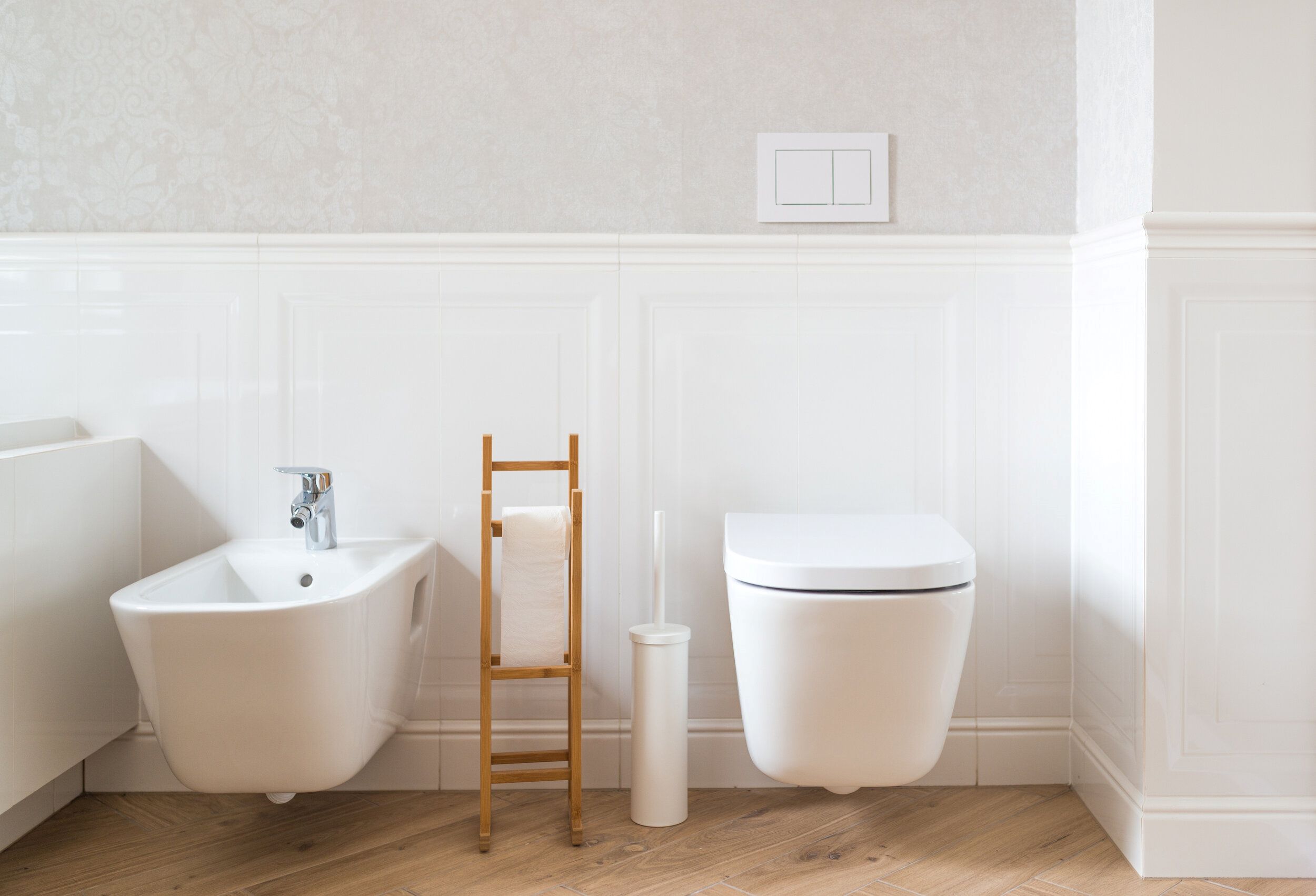
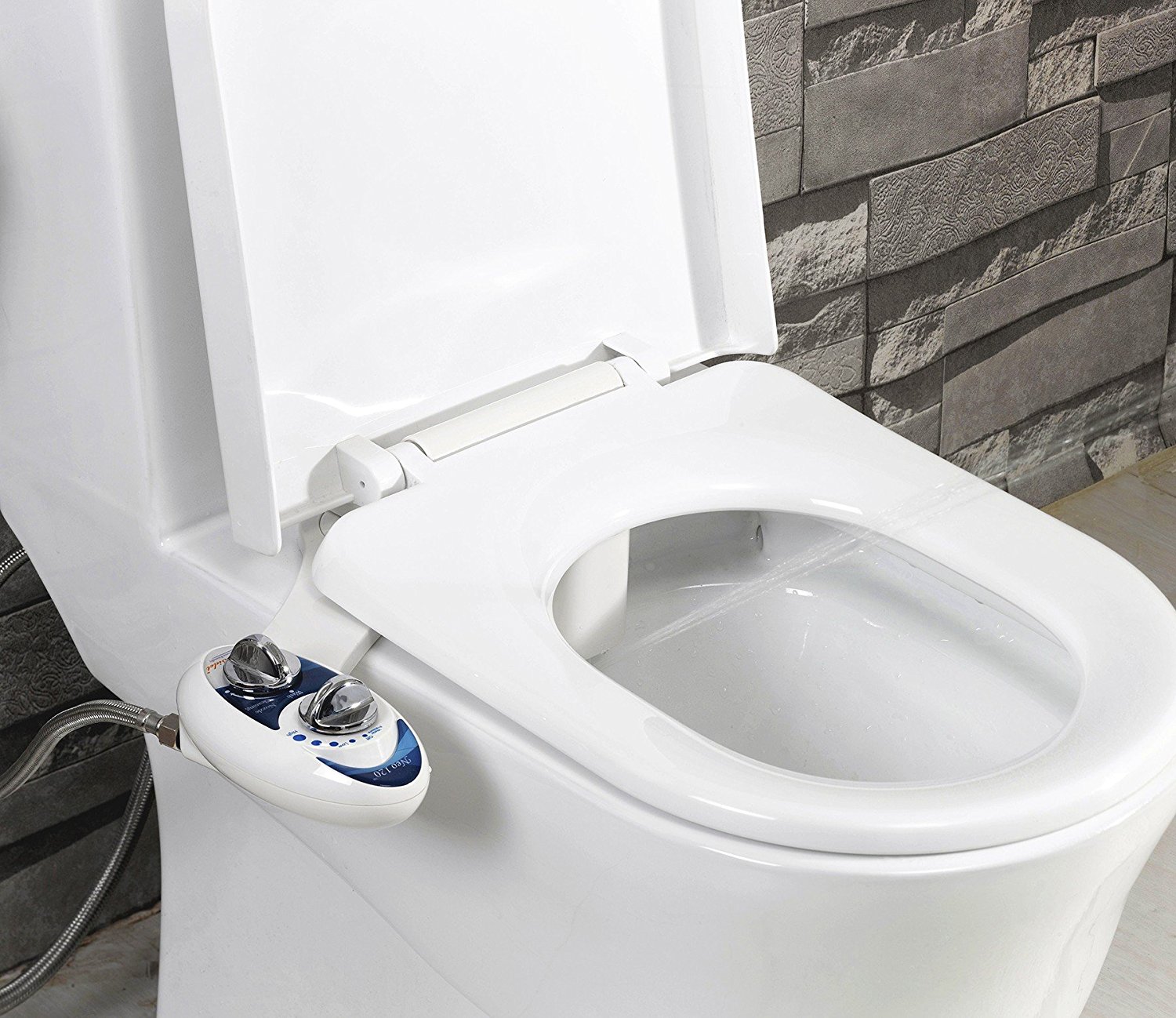

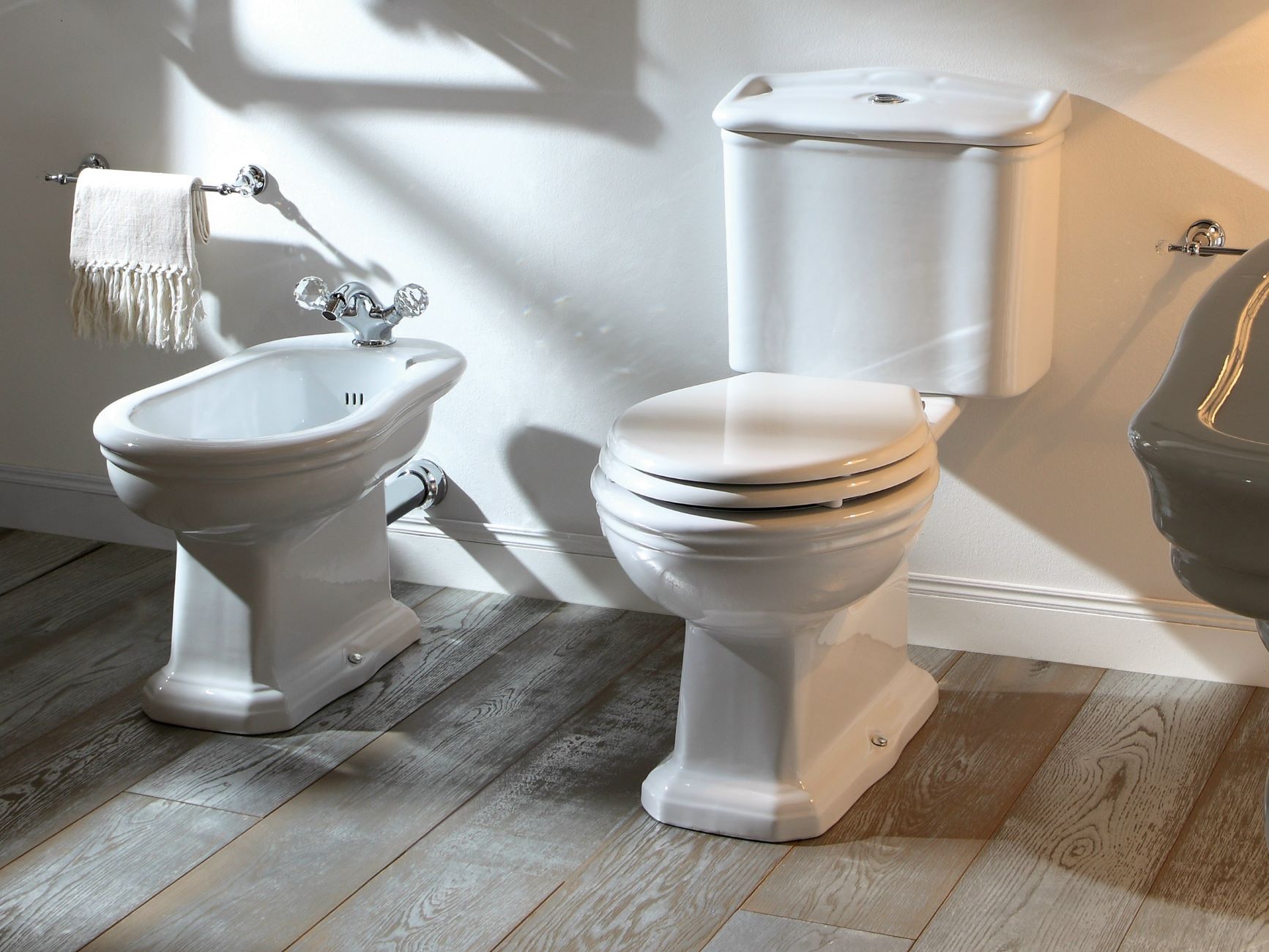

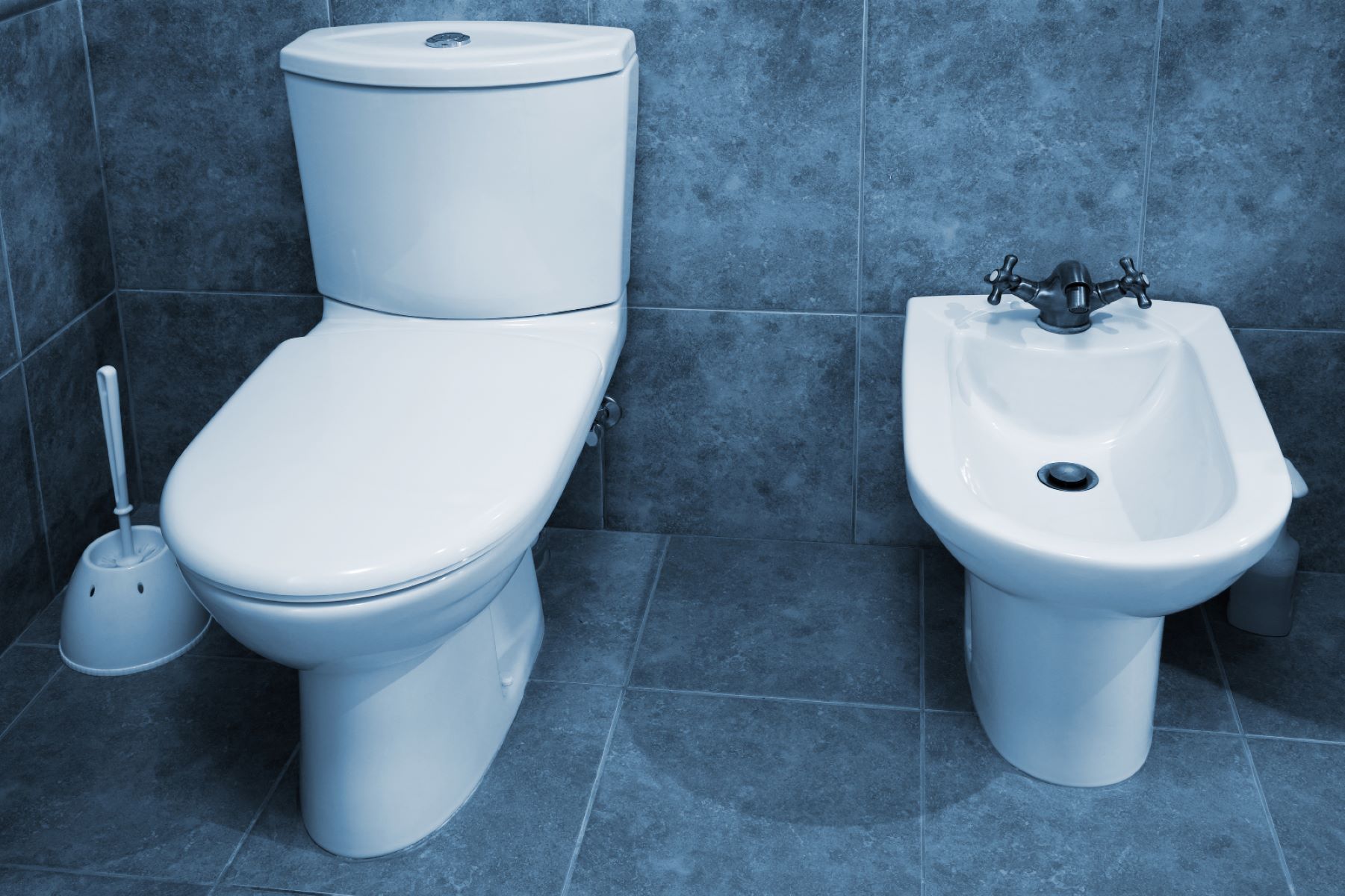
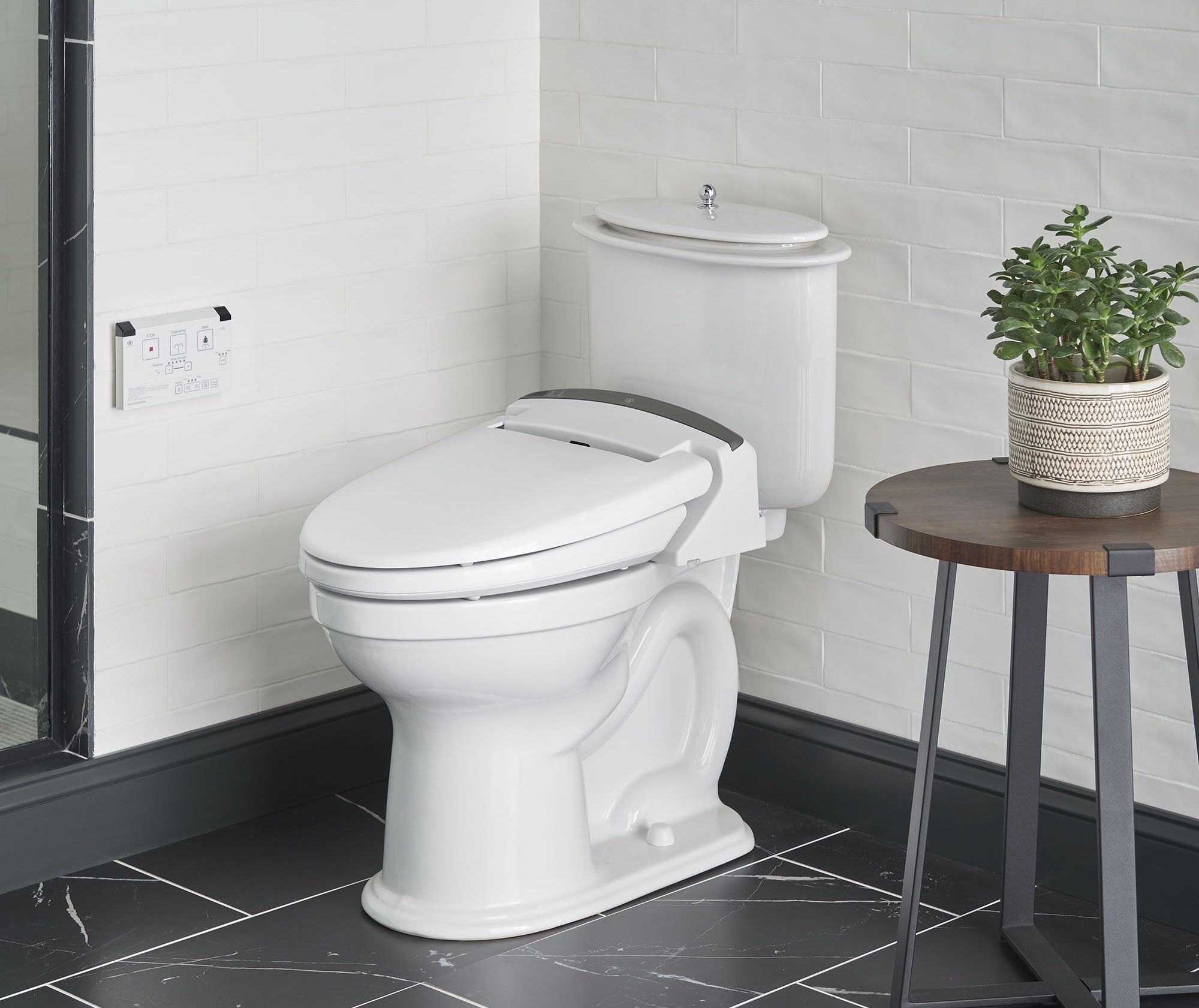





0 thoughts on “What Is A Bidet?”